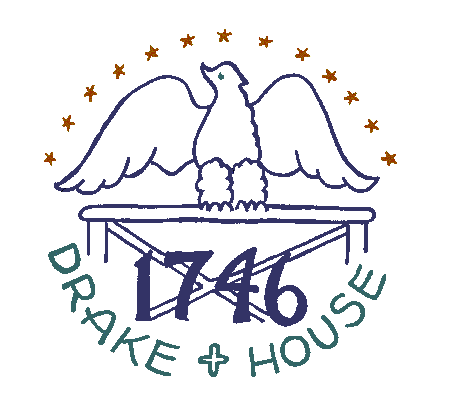 |
|||||||||||||||||
|
|
|||||||||||||||||
|
|
|||||||||||||||||
 |
||||
IN WARREN COUNTY the community called Quaker Settlement was a station on the route which followed the banks of the Walkill River through Sussex County into New York State. New Brunswick was
one of the most dangerous spots on the Underground Railroad because southern agents in search of fugitives had their headquarters there. All along the treacherous route between New Brunswick and Jersey City spies and
agents of the Railroad watched for strangers and law officers. They were prepared to send swift warnings that would switch the "trains' with their passengers and conductors to other branches of the Railroad. At the
Raritan River bridge, just east of New Brunswick, "trains" were sometimes stopped by slave-catchers. To guard against this, one of the most daring of the Underground operators, Cornelius Cornell took up the position of
lookout man. At this warning the slaves were transferred to skiffs below the bridge or led by a side road to Perth Amboy. During the 1850s, the Eagleswood Academy at Perth Amboy was an important Underground station
and the meeting place of prominent abolitionists as well as advocates of women's suffrage. Situated on the Raritan River, the school was a natural hideout for fugitives who could be put on barges during the night and
carried to Canada and freedom. Living at the Academy were the secret agents of the Railroad, two elderly Quaker teachers, Sarah Grimke and her sister, Mrs. Angelina Weld, and Angelina's husband, Theodore. If it
happened that the road between New Brunswick and Perth Amboy was also being watched, the escaping Negroes were brought to Matawan and lodged by Quakers in a large, red brick house on the main street. Under a huge
four-post bed on the second floor, a trap door, covered by a rug, led to a secret chamber, 9 by 15 feet. Runaways almost suffocated in the airless room while slave-catchers searched the vicinity and even the house
itself. When the crossing at New Brunswick was safe, passengers were brought directly to Rahway where free horses were waiting to start for Jersey City, the last station in New Jersey. In the event of danger north of
the Raritan River a detour route led around Metuchen and Rahway to Elizabethport, and or around Newark to Jersey City. Along the way there were many barns to give shelter when warning came. One barn of the main line
outside of Newark was on the farm of Alexander McLean, a Jersey City newspaperman. McLean's place was used when the bridges over the Passaic and Hackensack Rivers were being watched. Fugitives came during the night,
sometimes without notice. Early in the morning food was brought to them in the hay loft, where horse blankets had been provided in advance. A ladder at the rear of the barn was used for emergency exits. Children
were taught to be silent about strange Negroes who came and went by night. After spending the day in the barn, fugitives were sent onto the ferries at Jersey City by way of Newark or Belleville Turnpike and Newark
Avenue. The fugitives were brought to New York City just in time to make the night trains for Albany and Syracuse. At the piers, spies watched the wagons and coaches night and day. Many captures occurred here because
drivers had to show how many passengers they were carrying when paying fares. When slaves were detected, Underground conductors who mingled with the crowd drew close to the frightened Negro and led them to hideaways
close by. Often the fugitives were hurried into a house by the front door and out on another street through the back. Then off to the waterfront they rushed to be hidden on Hudson River coal barges in which they almost
choked to death from coal dust. Some skippers risked taking on a slave to get extra help, for water had to be pumped constantly from the loaded canal boats. Small sloops and schooners were also used to ship the slaves
to safe ports farther north. The Jersey City Underground station very often gave assistance to 25 or 30 runaway slaves in one night. This cost a hundred dollars for fares alone. Contributors' names were kept secret,
and an agent might not even know who his coworkers were in towns a few miles away. The protection of secrecy was especially necessary in the large towns of Trenton, Newark and Jersey City where public opinion was
unfriendly to abolitionists and escaped slaves. In 1848 a meeting of the Newark Abolition Society was broken up by a riot. A mob entered the meeting hall, broke all the seats and windows and burned all the books and
papers. The City Marshal and other officers were present but did nothing to restore order or prevent the destruction of property. |
||||
Contents of any advertisements associated with this page are NOT endorsed in any way by |
||||